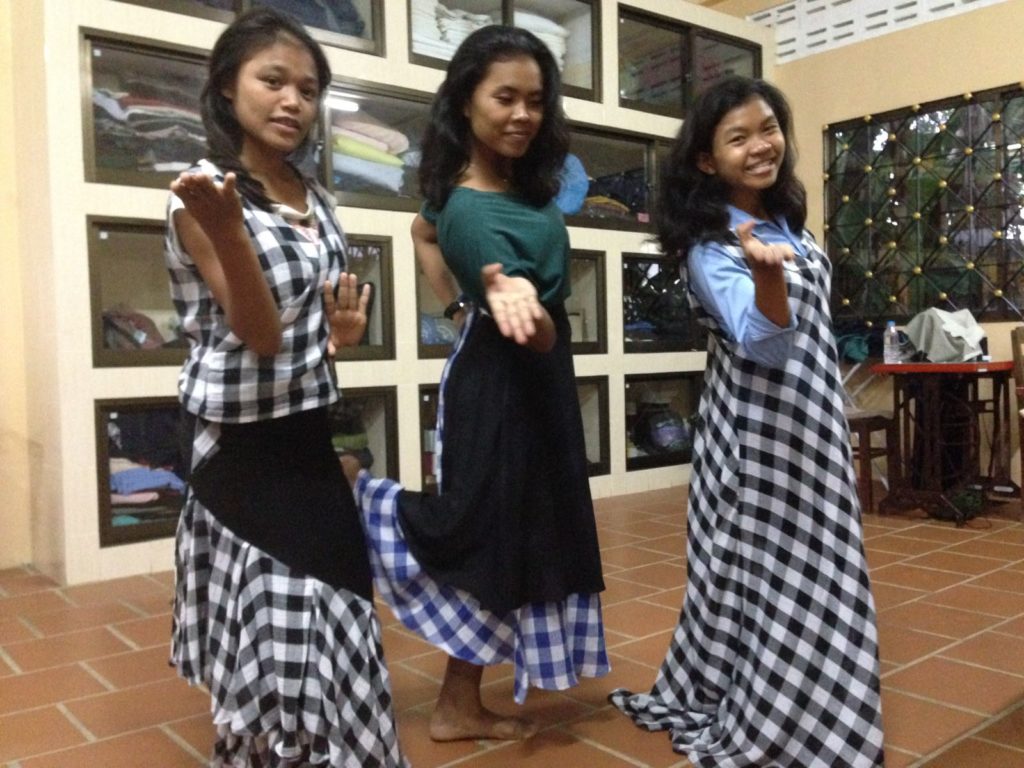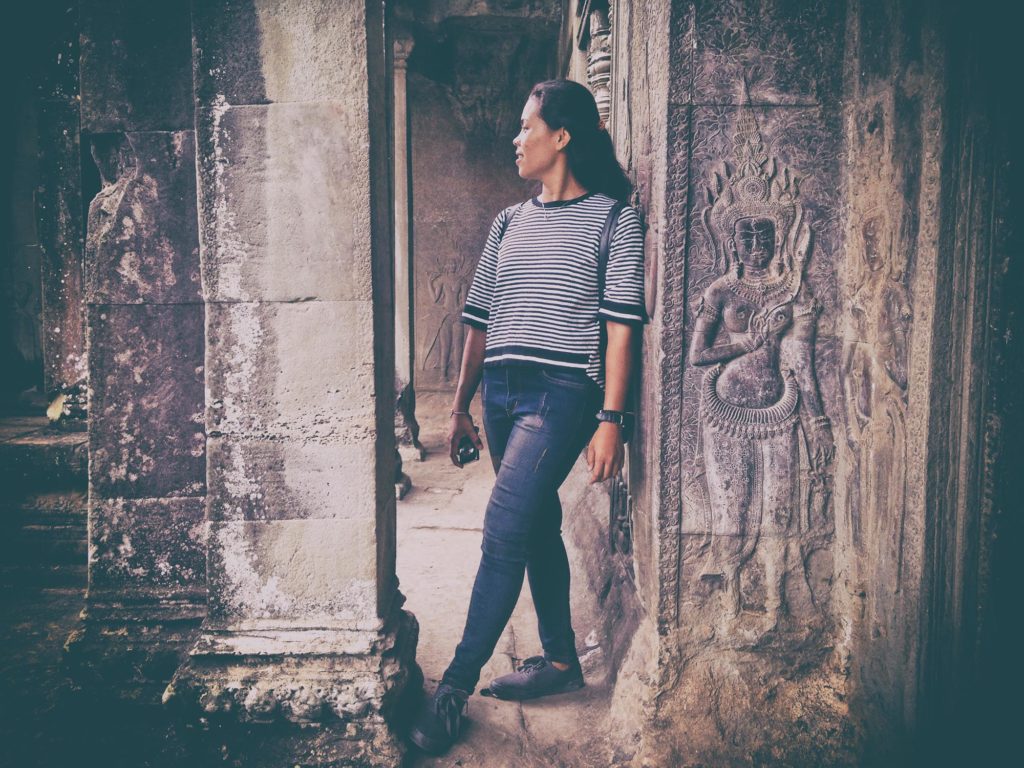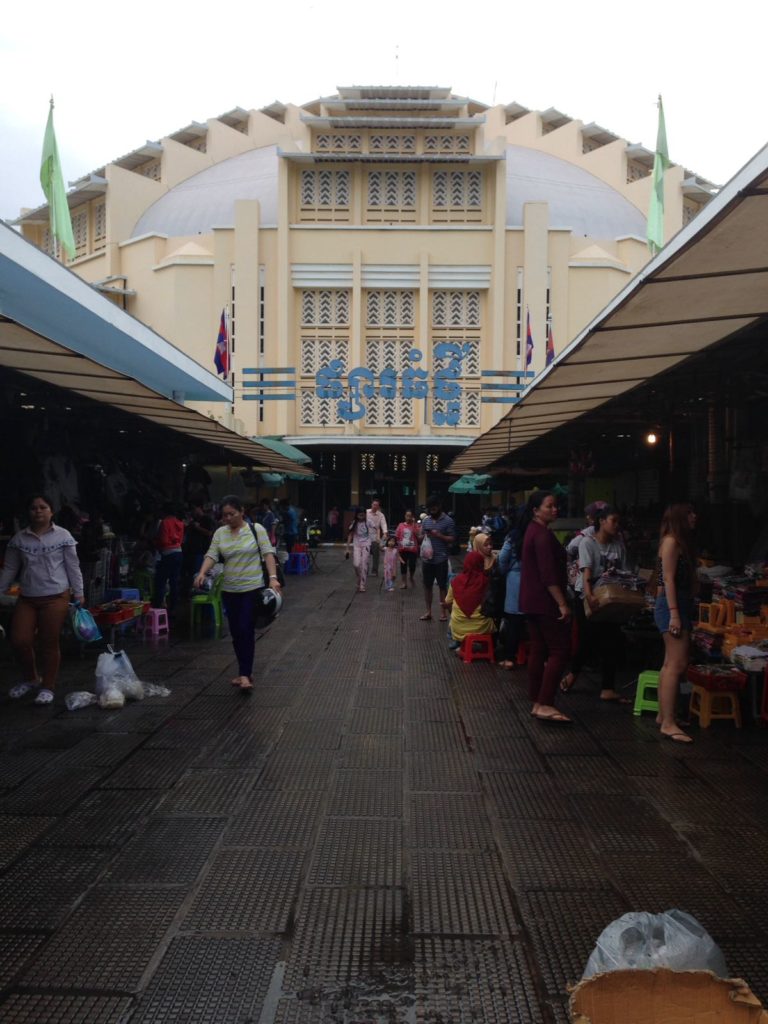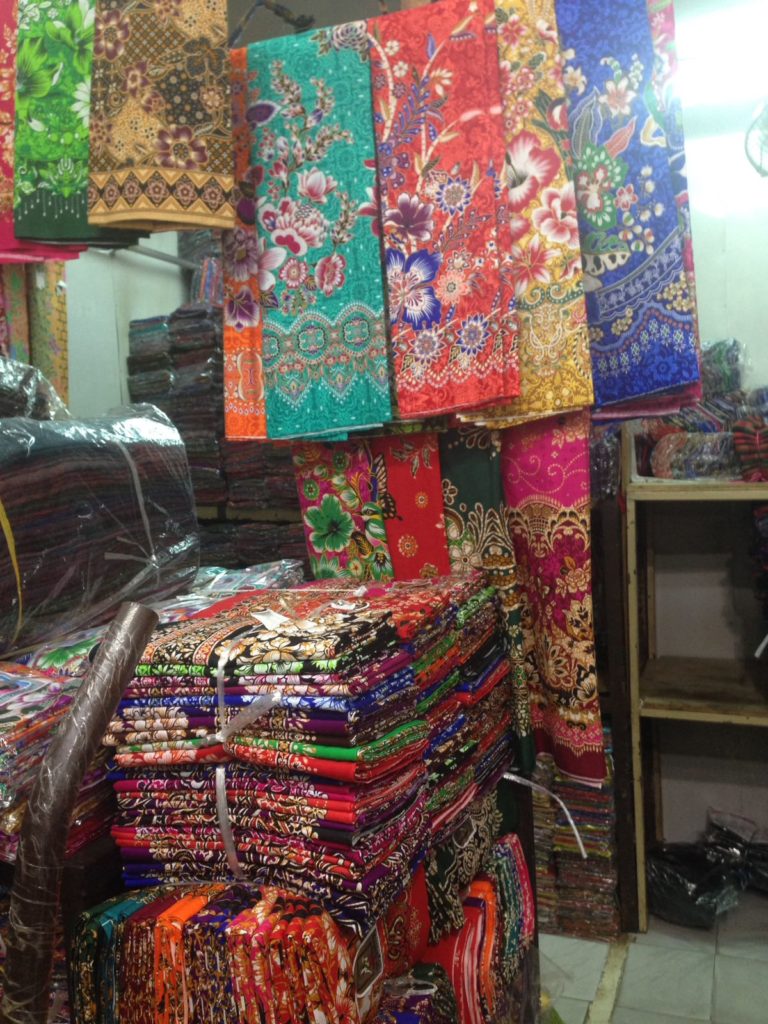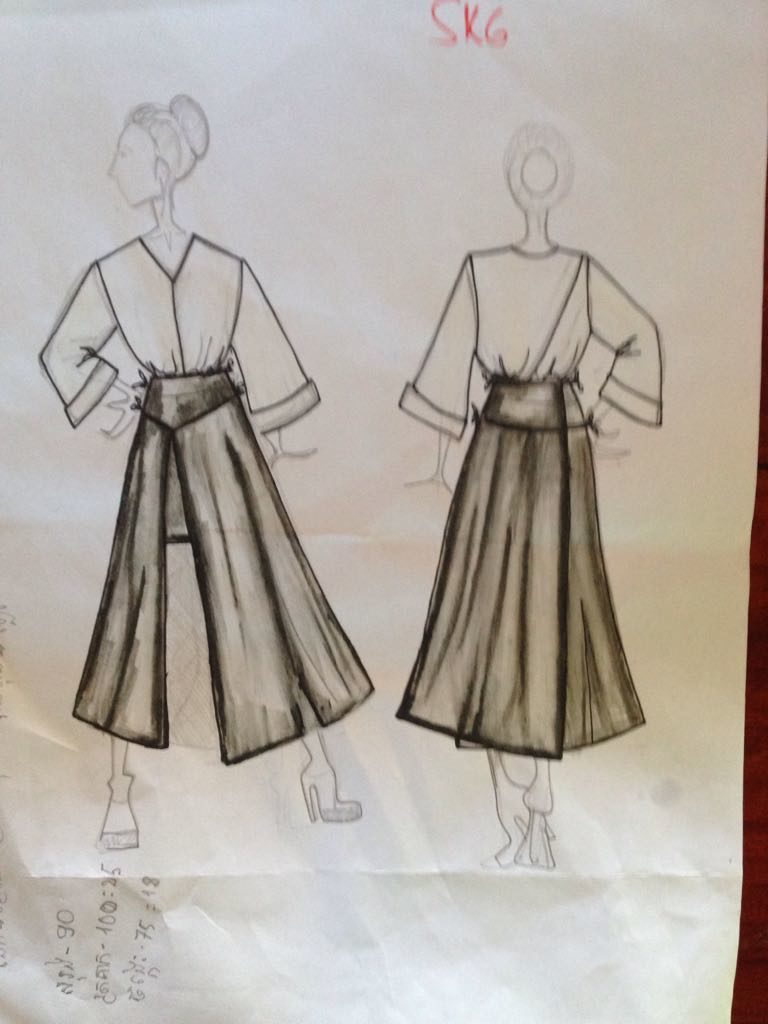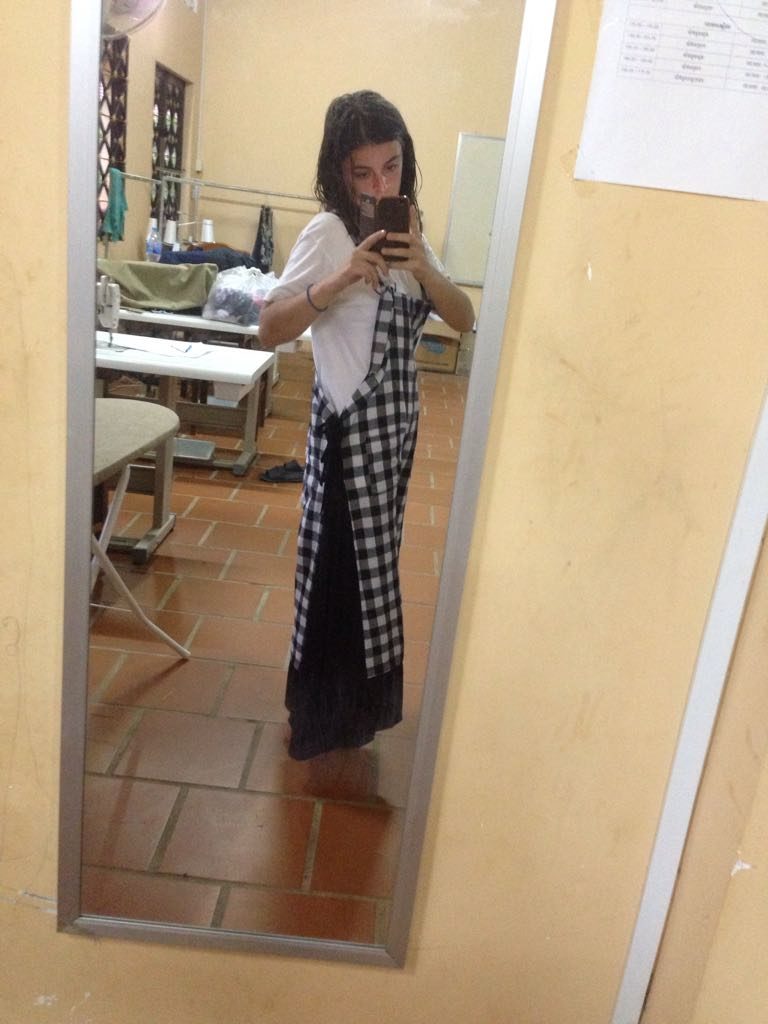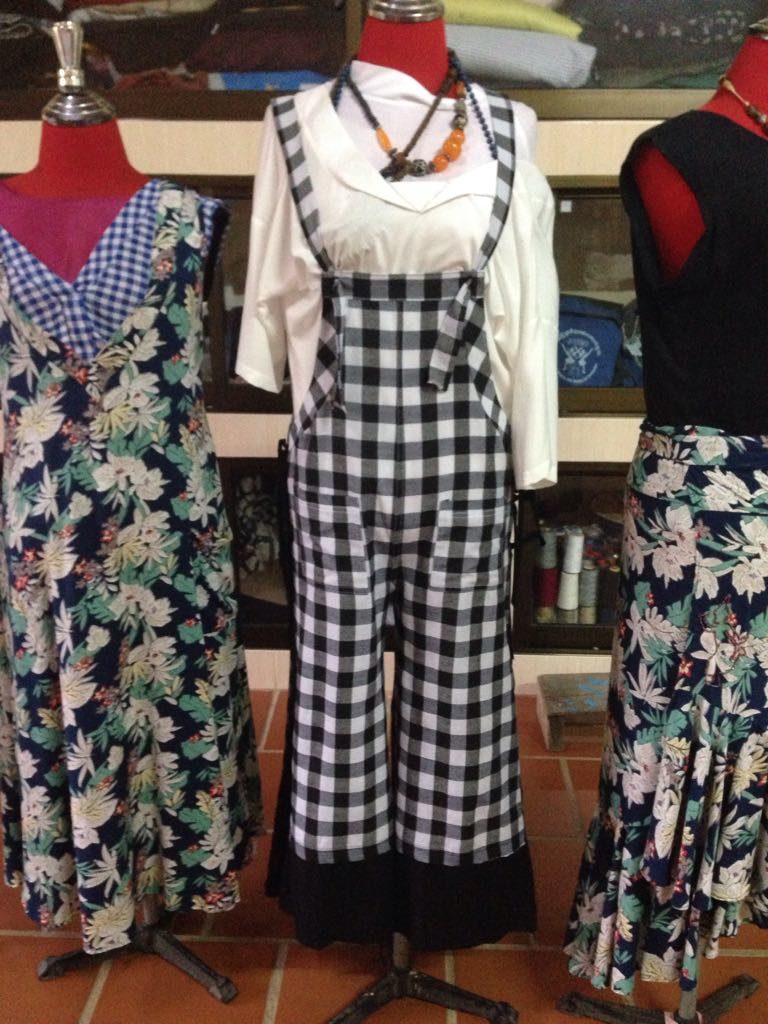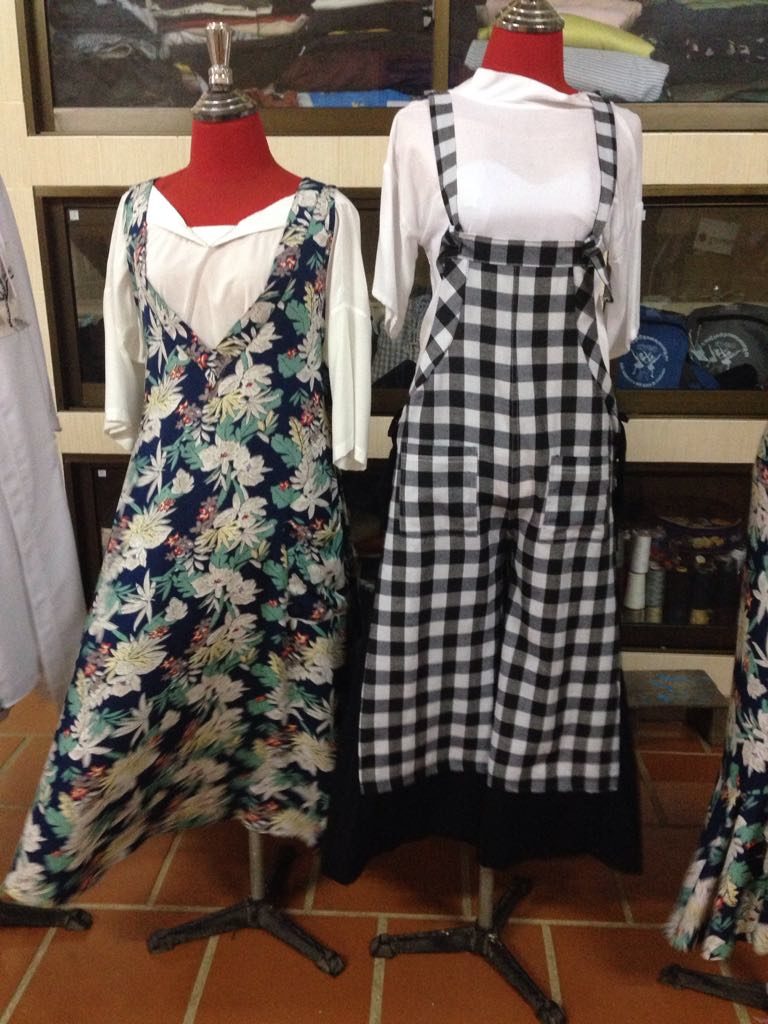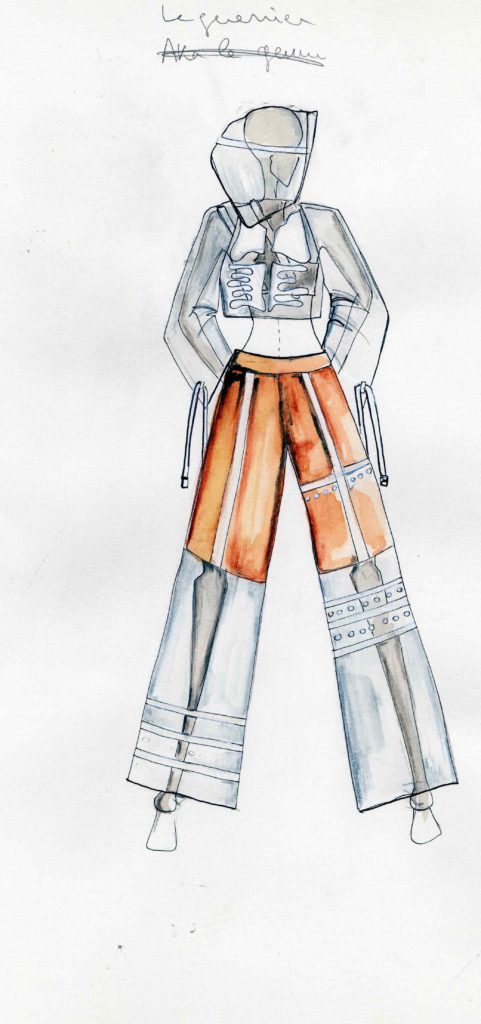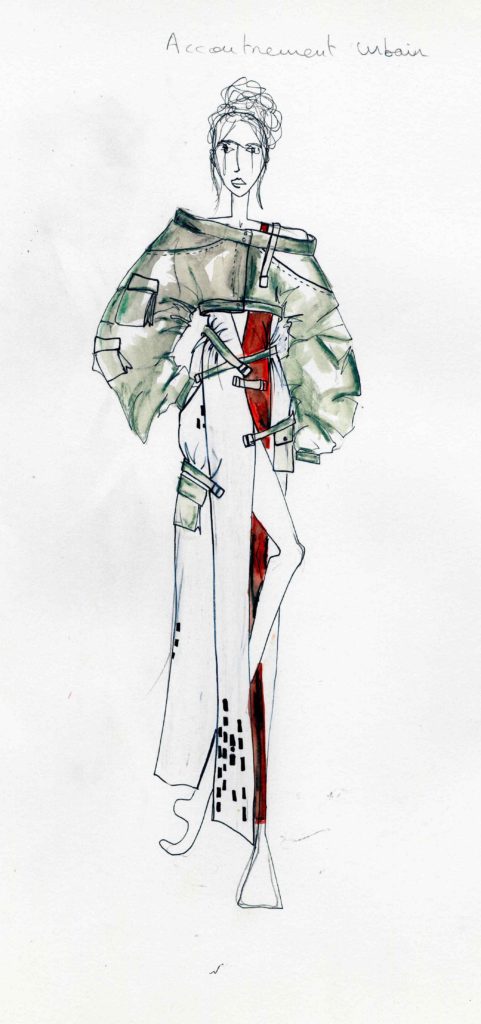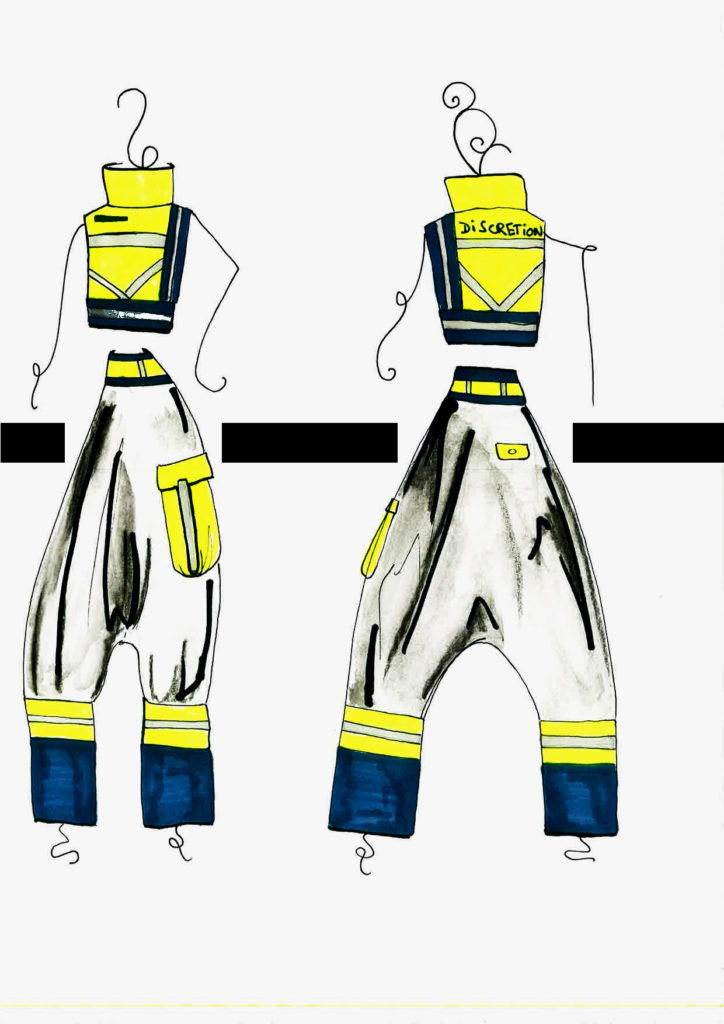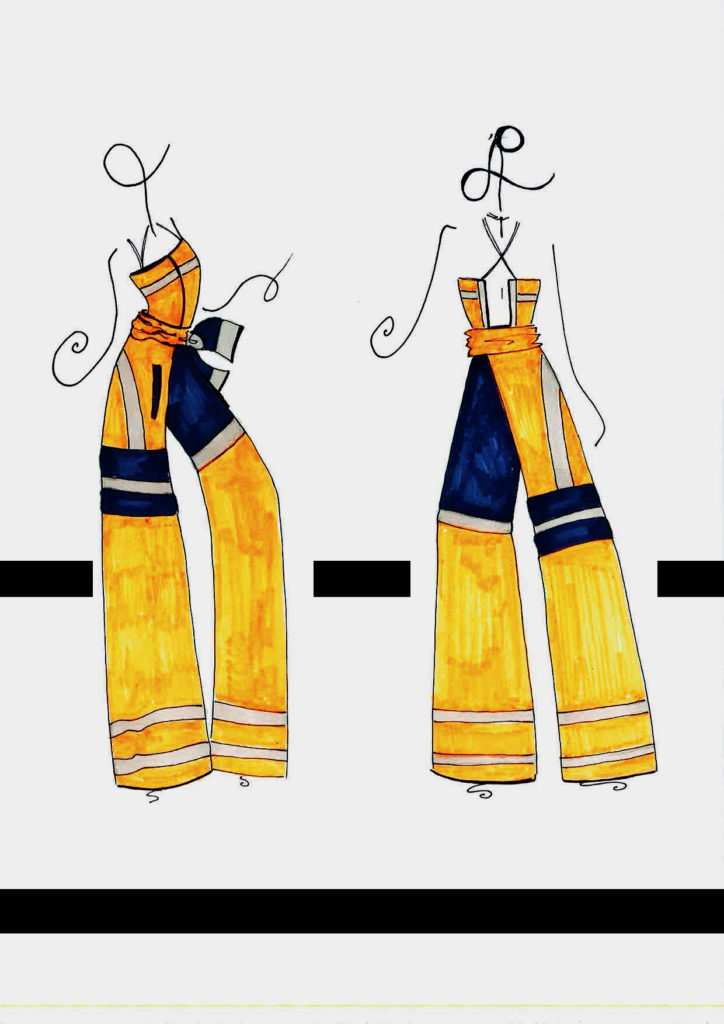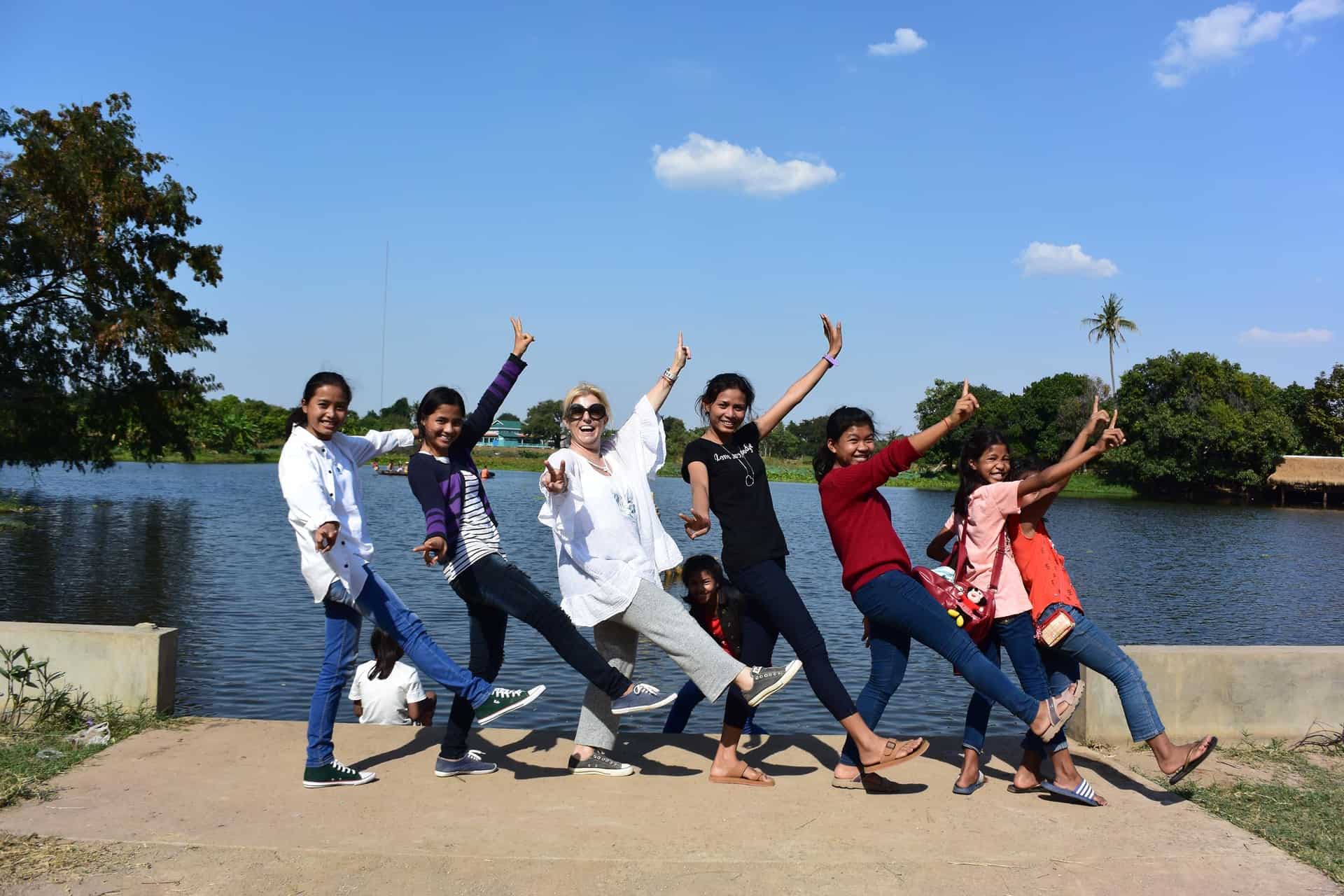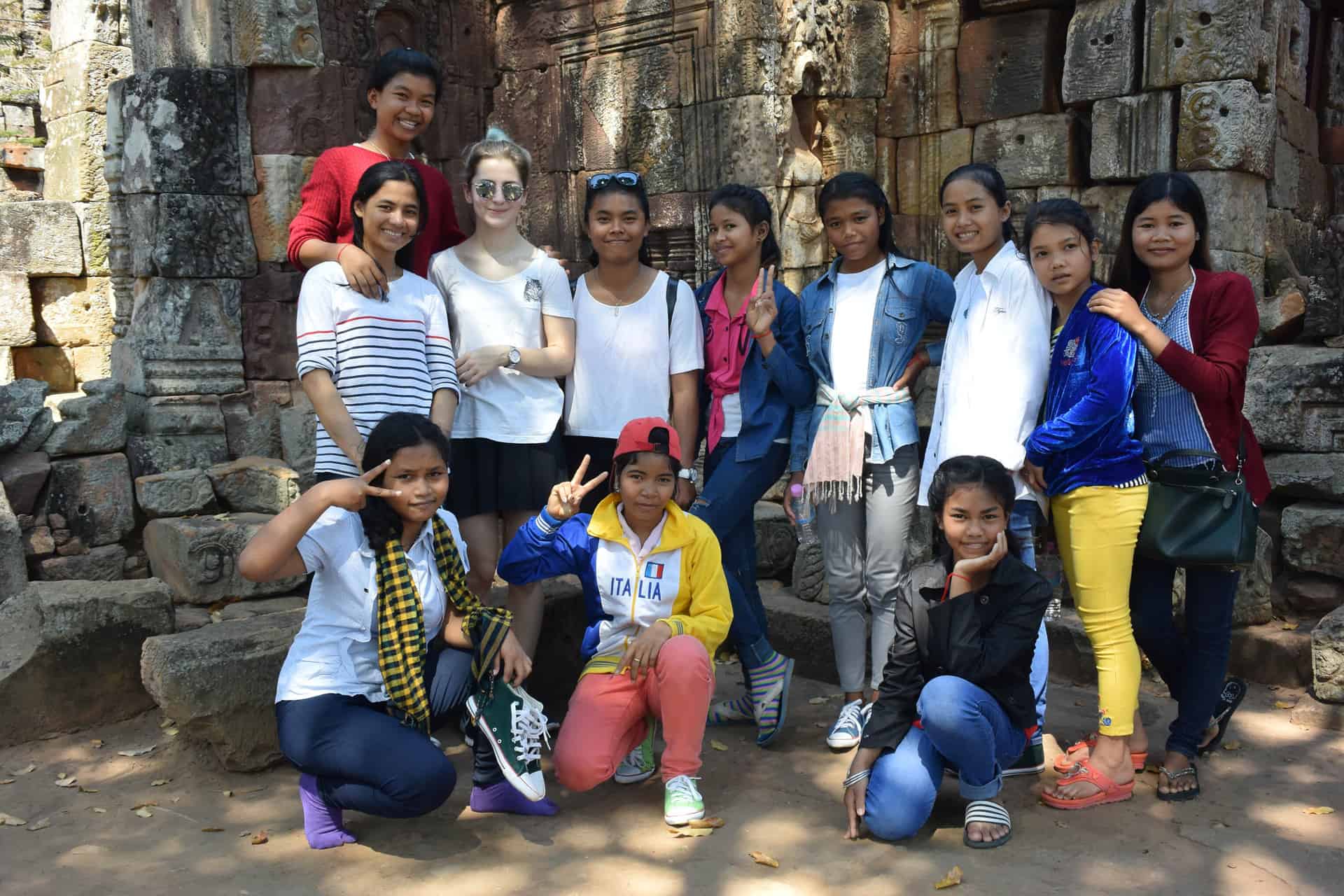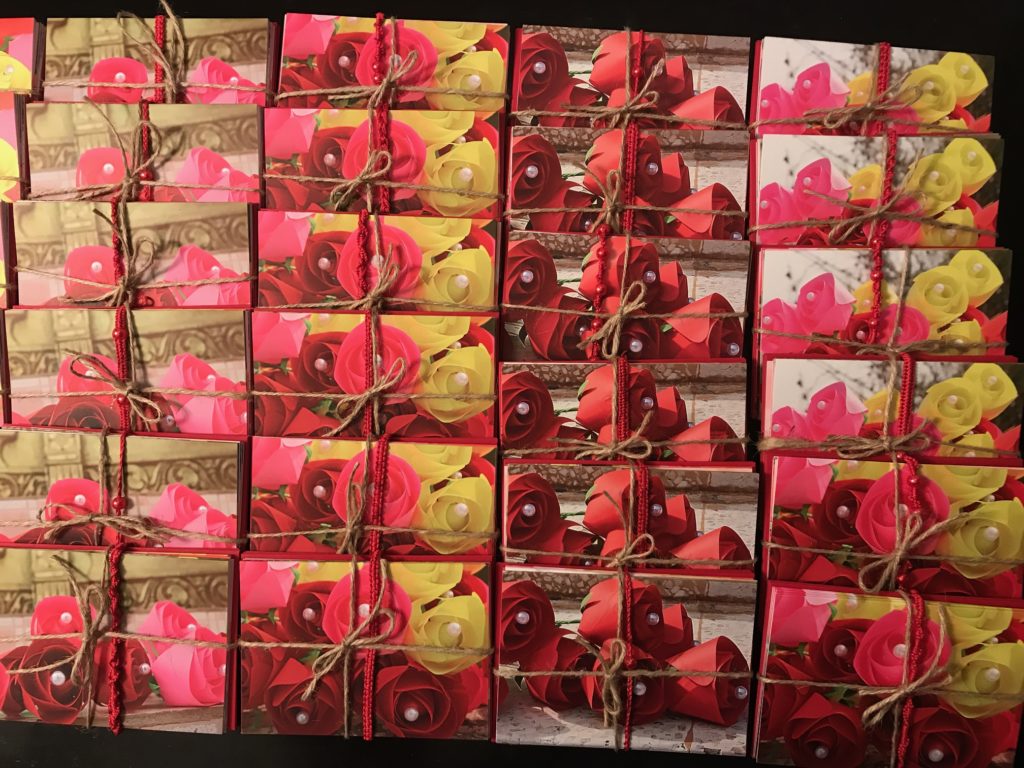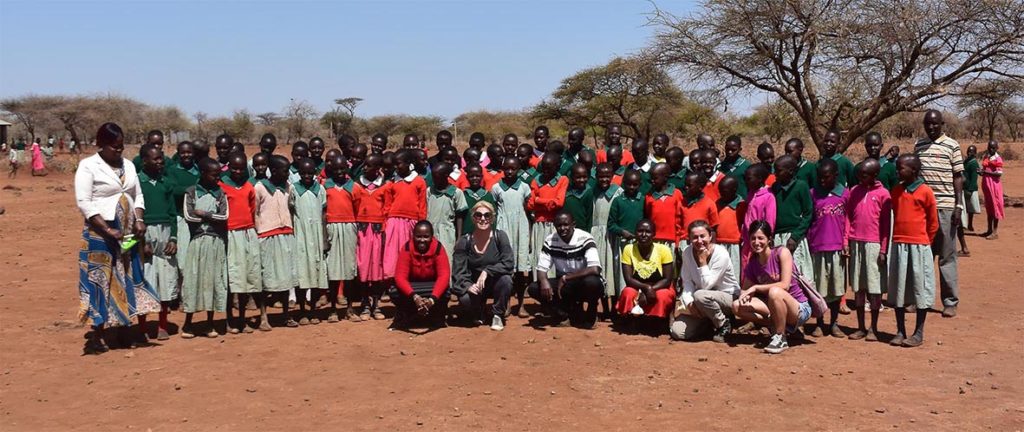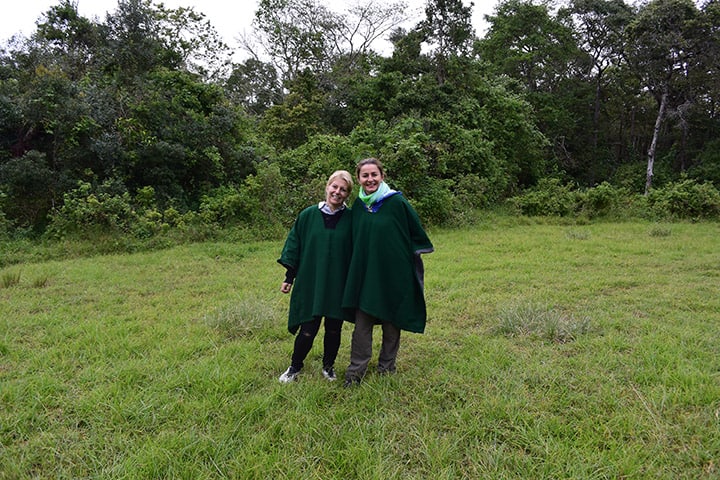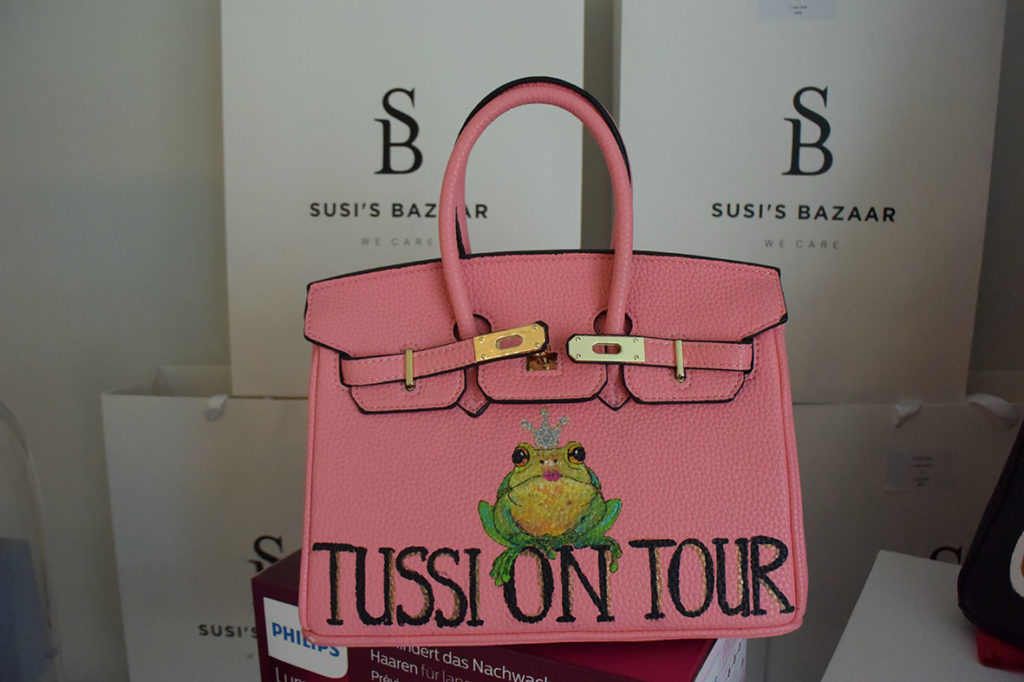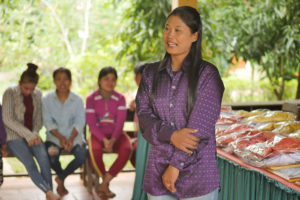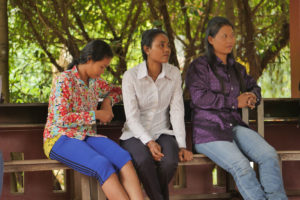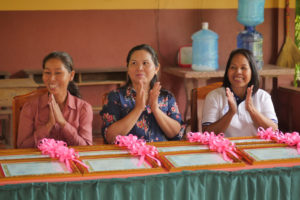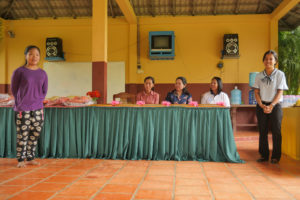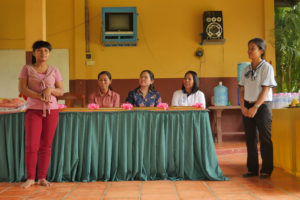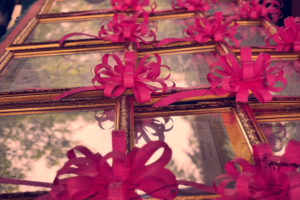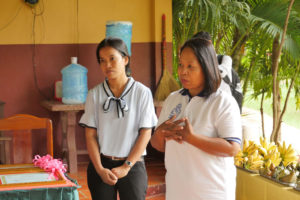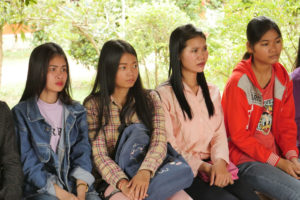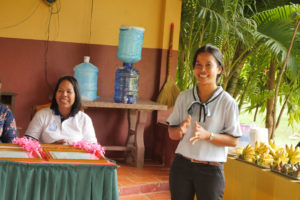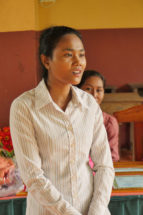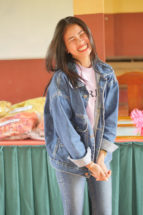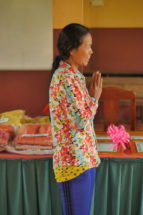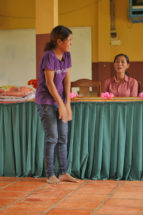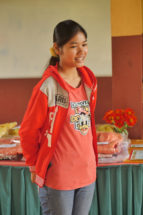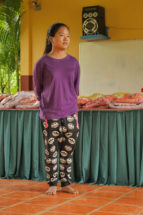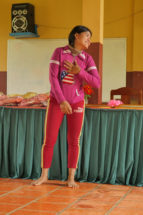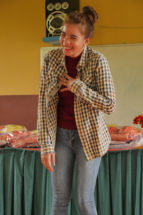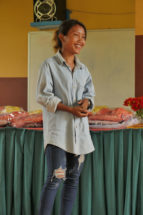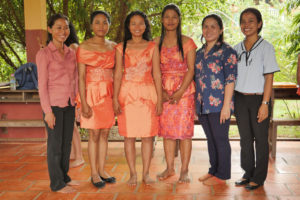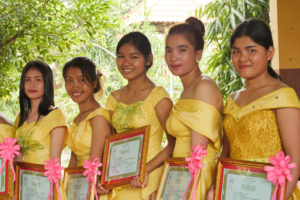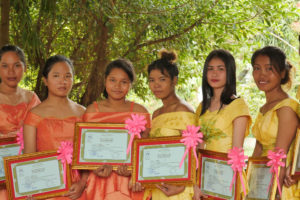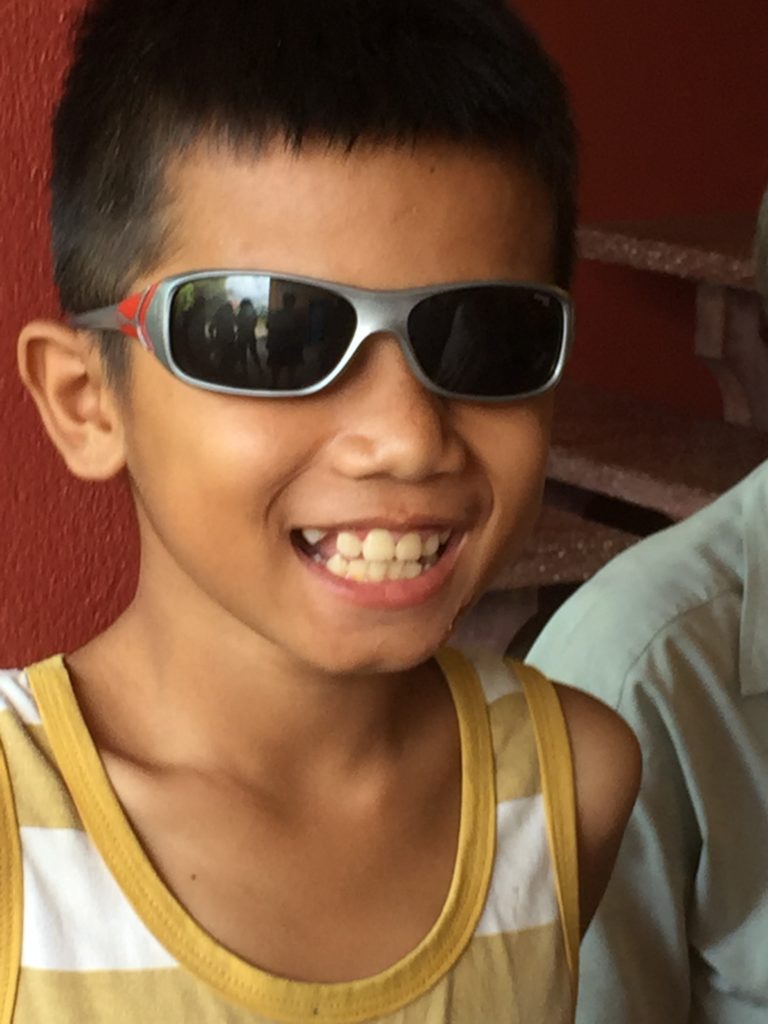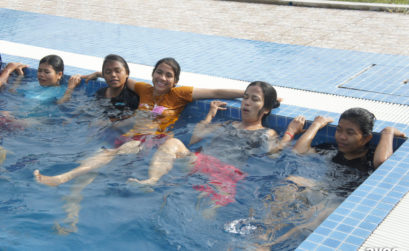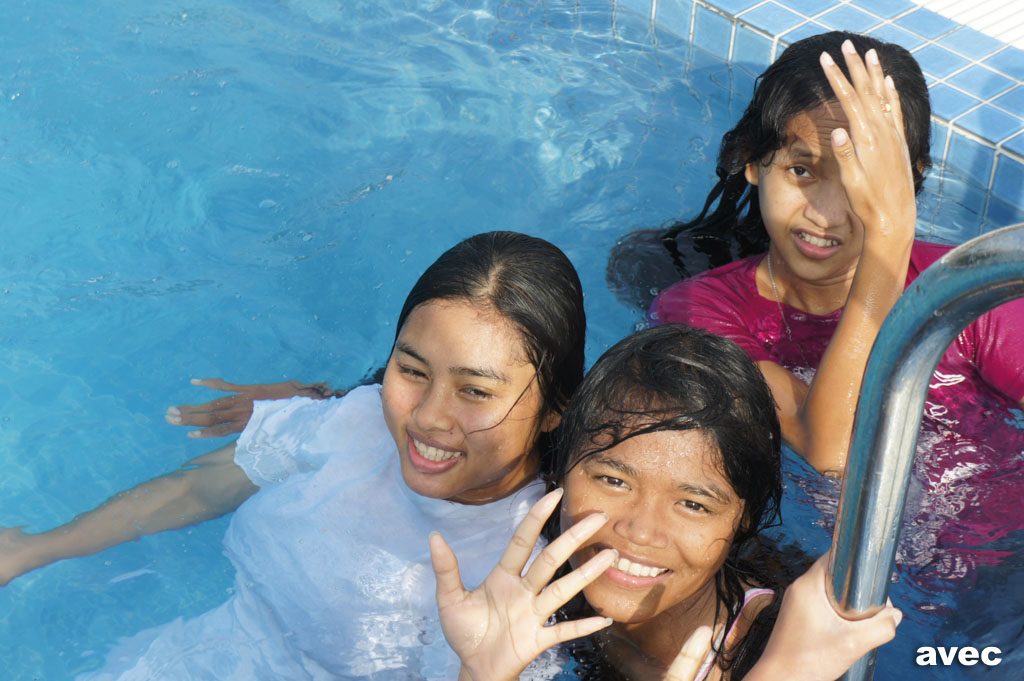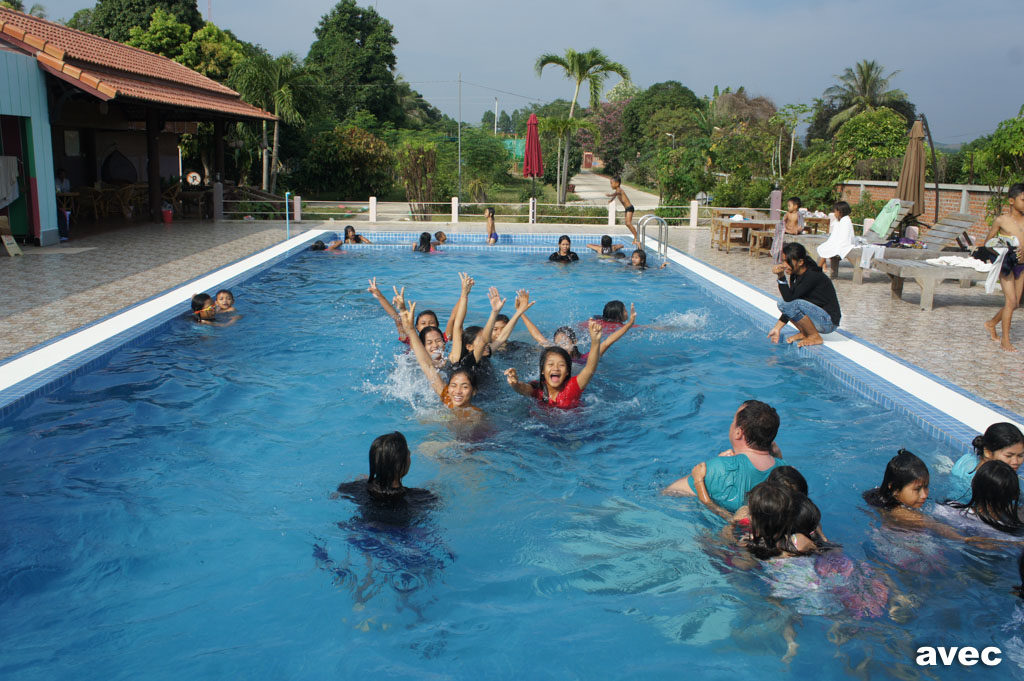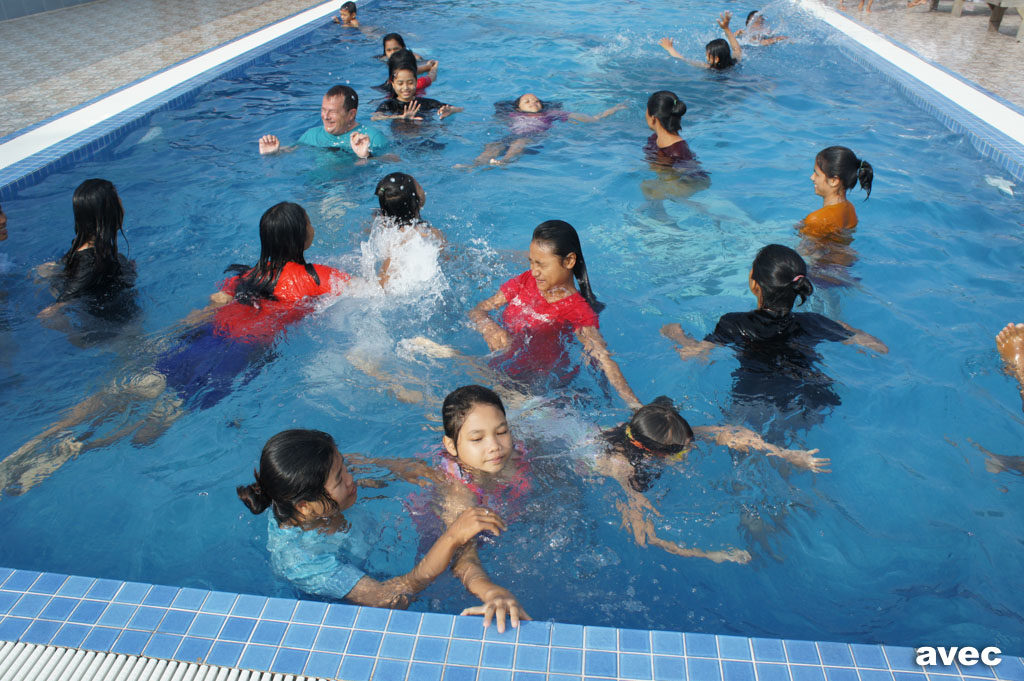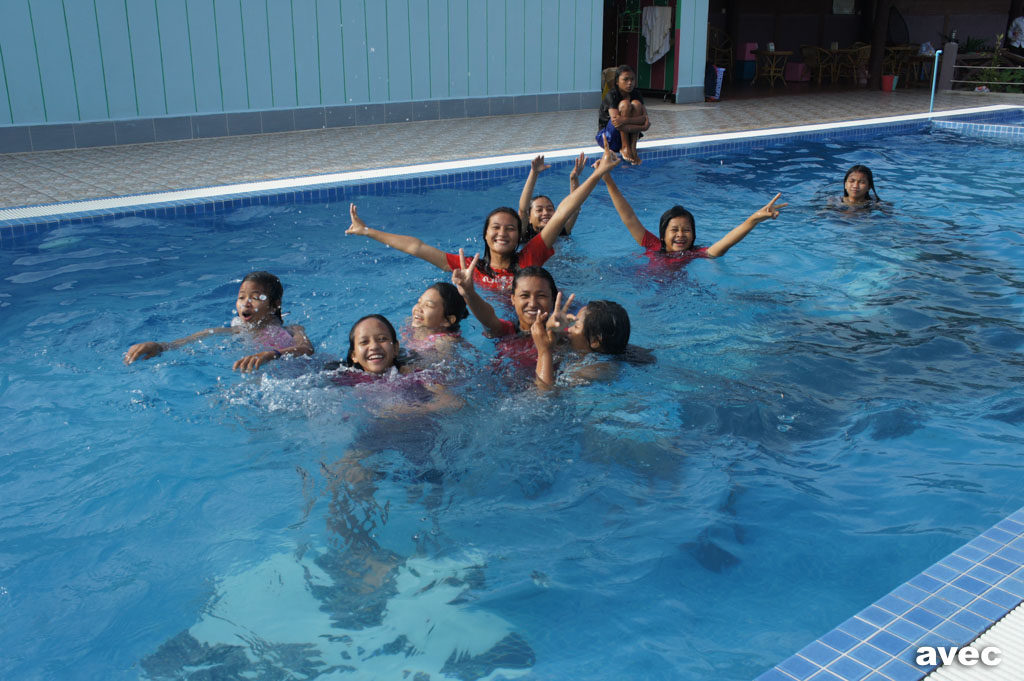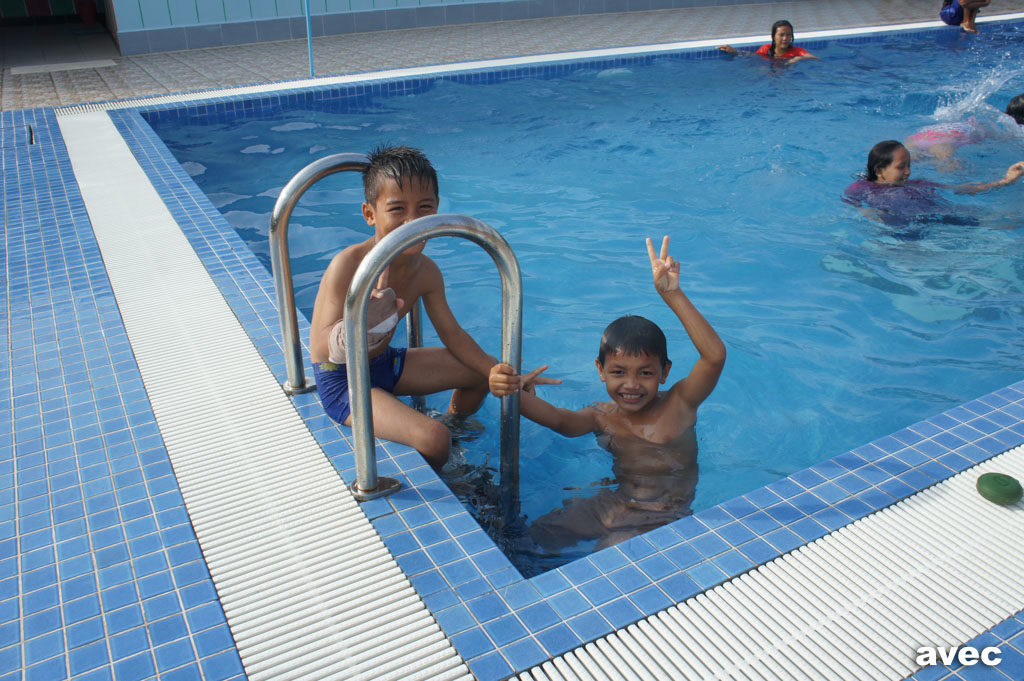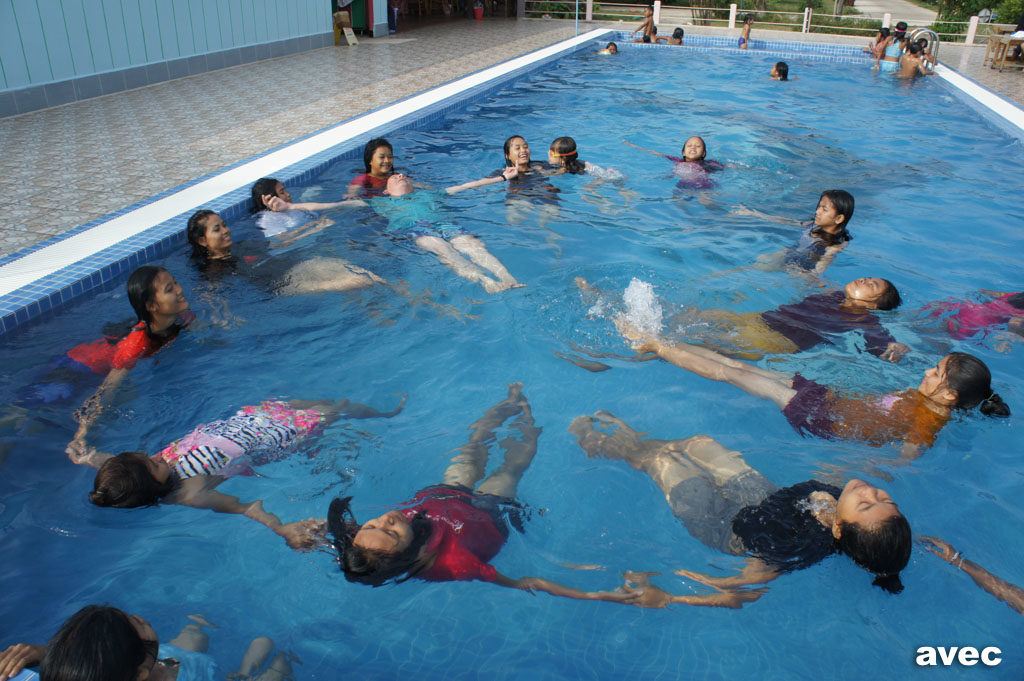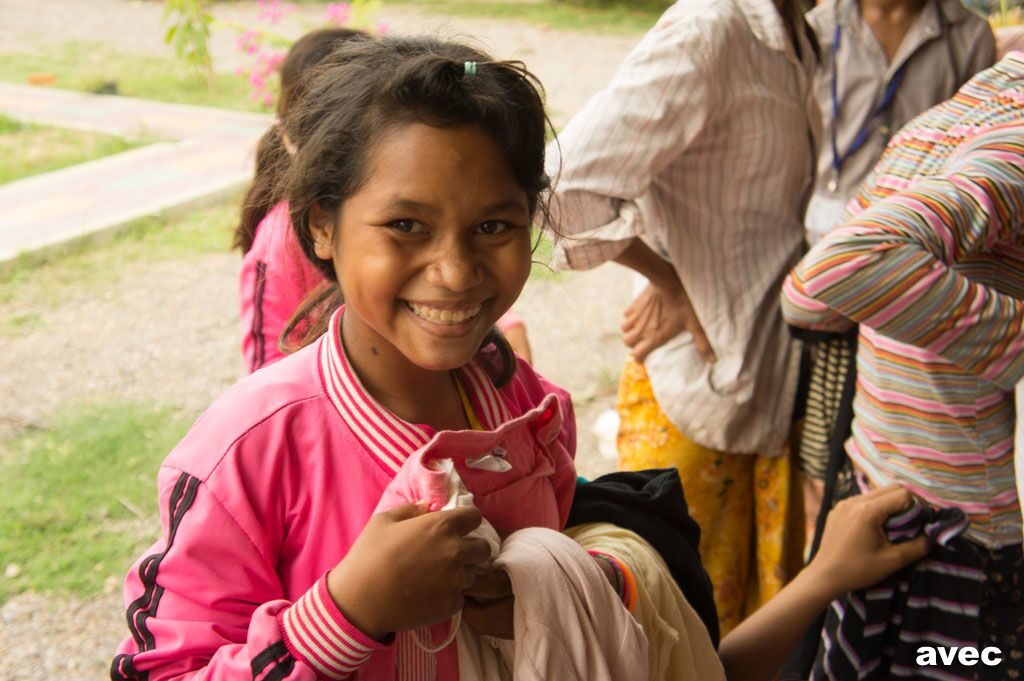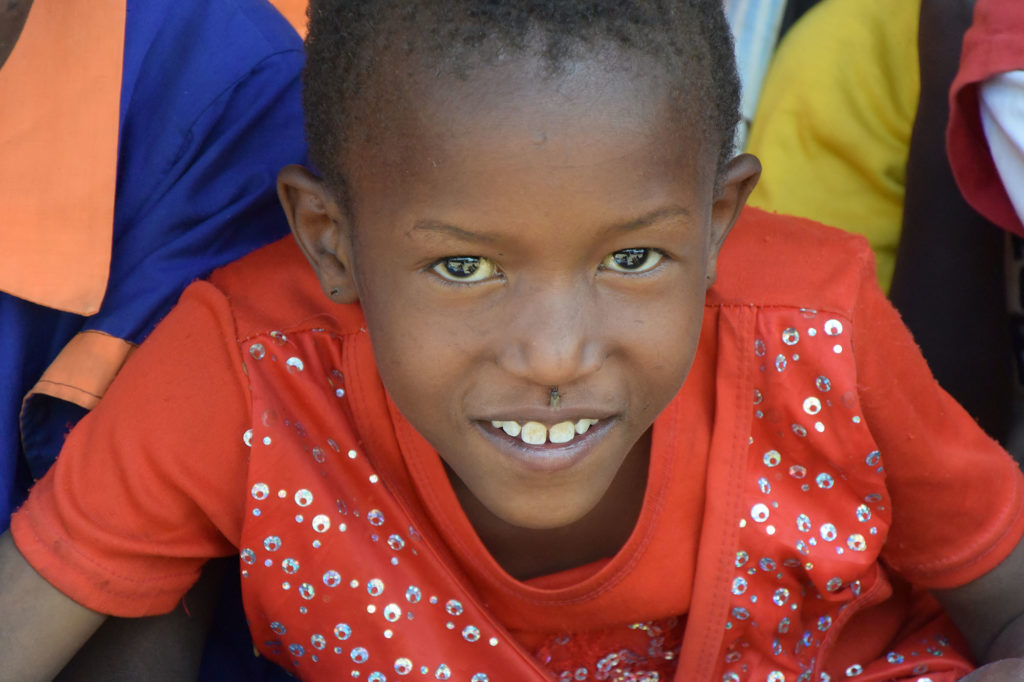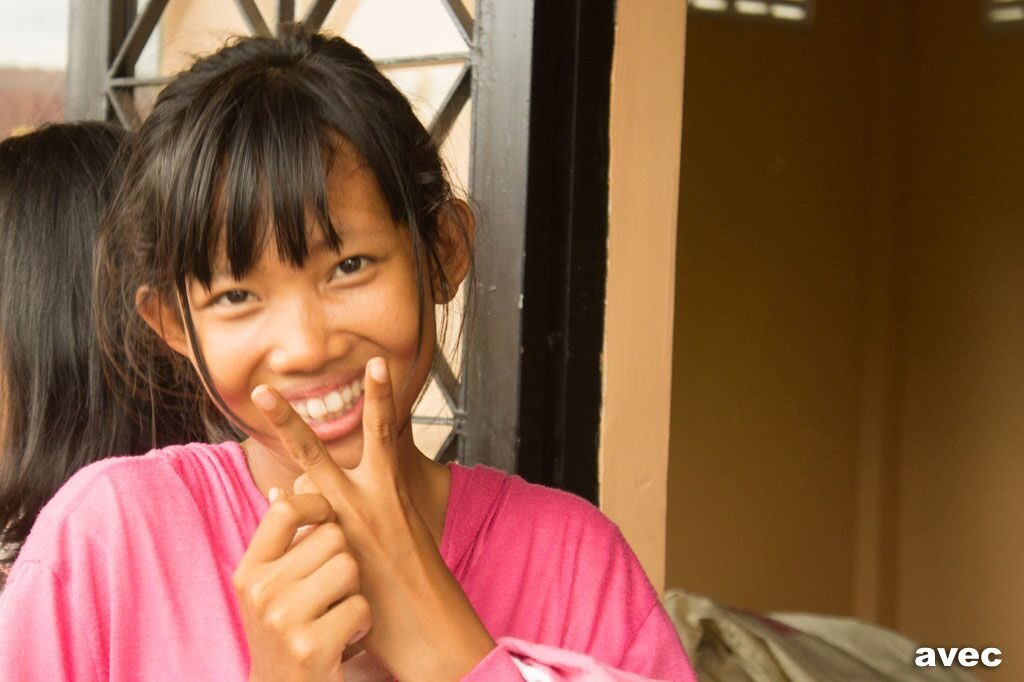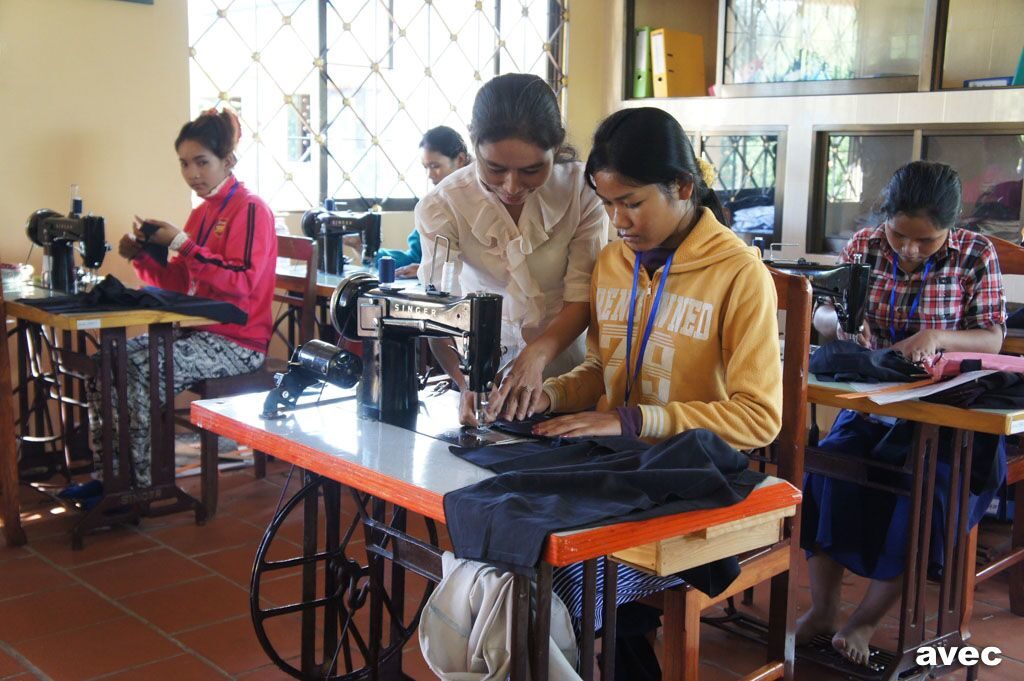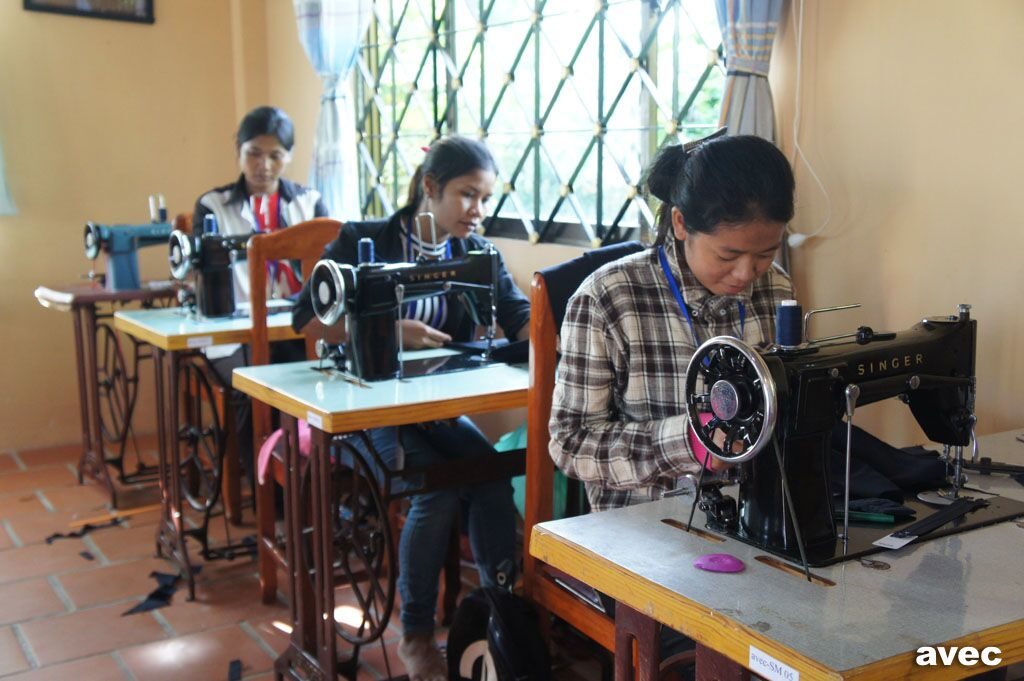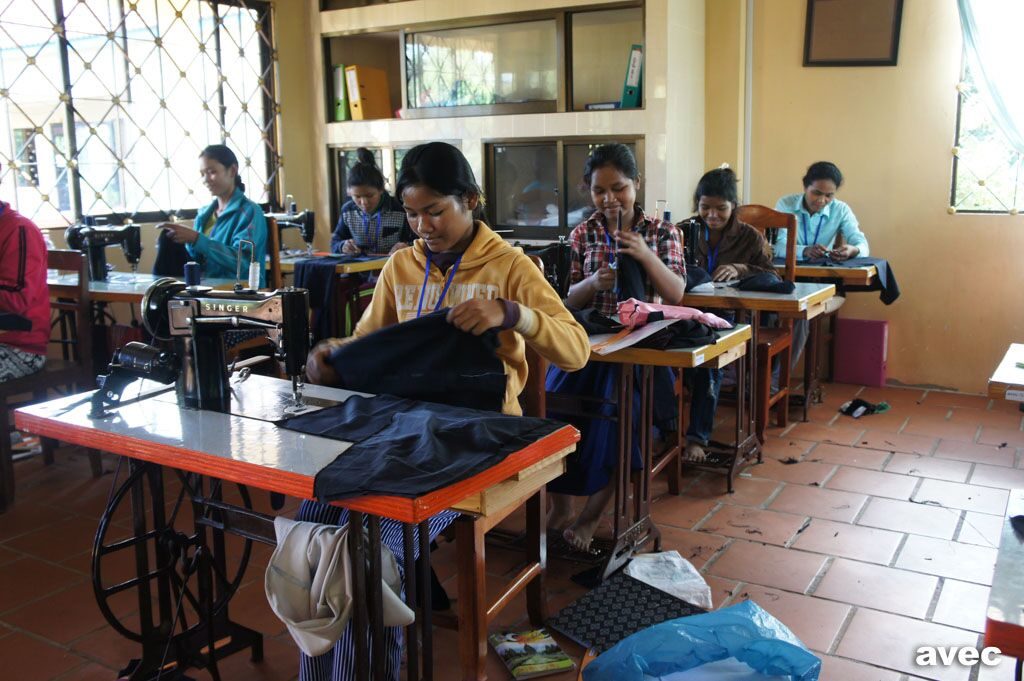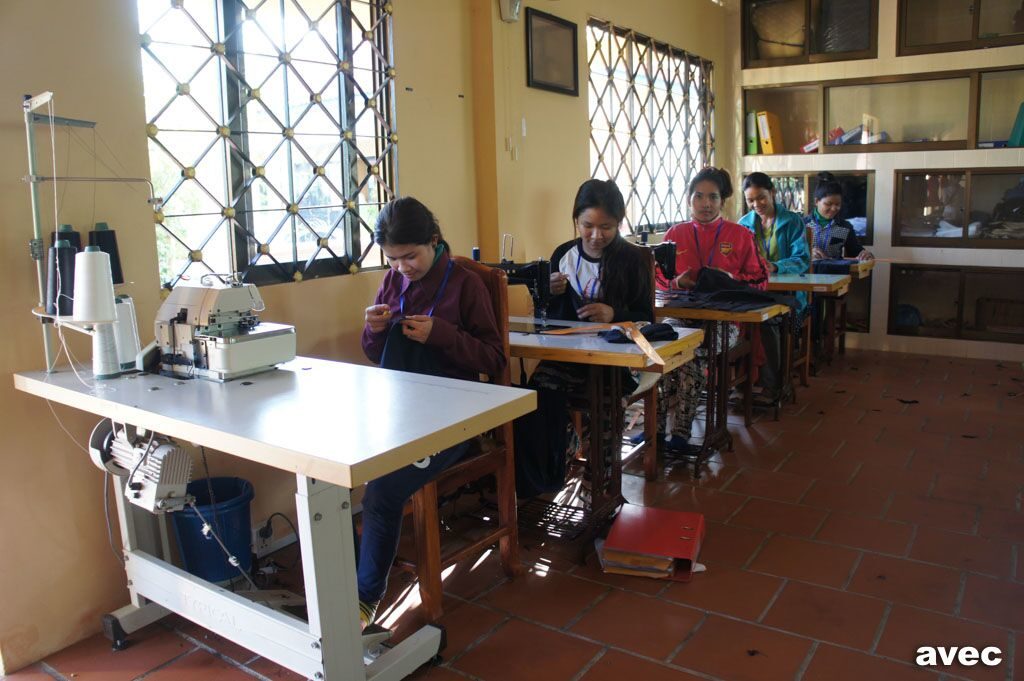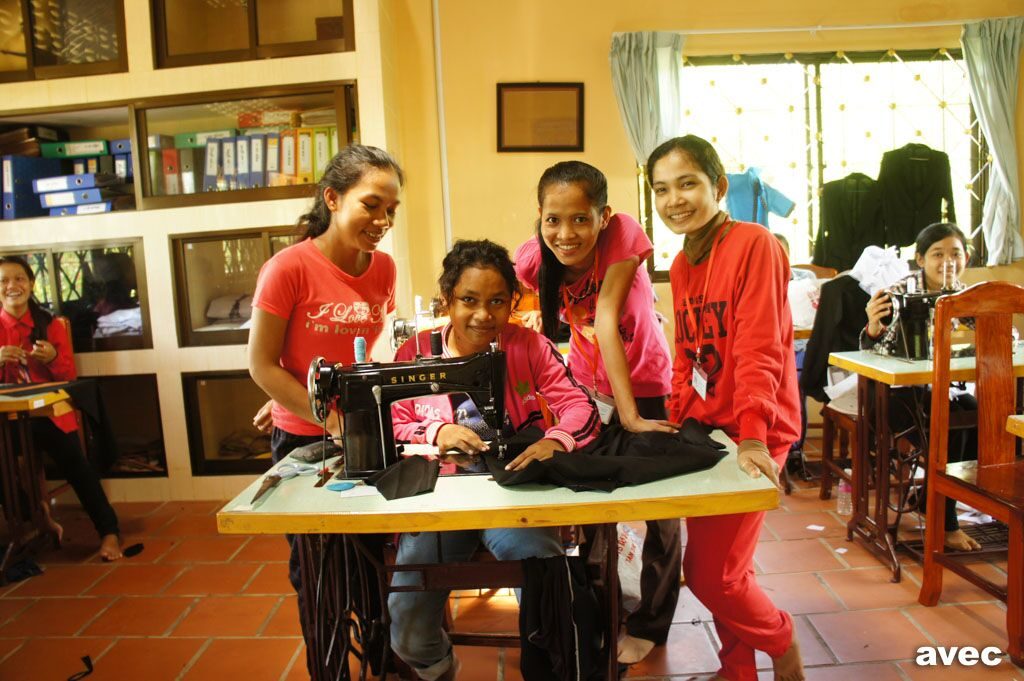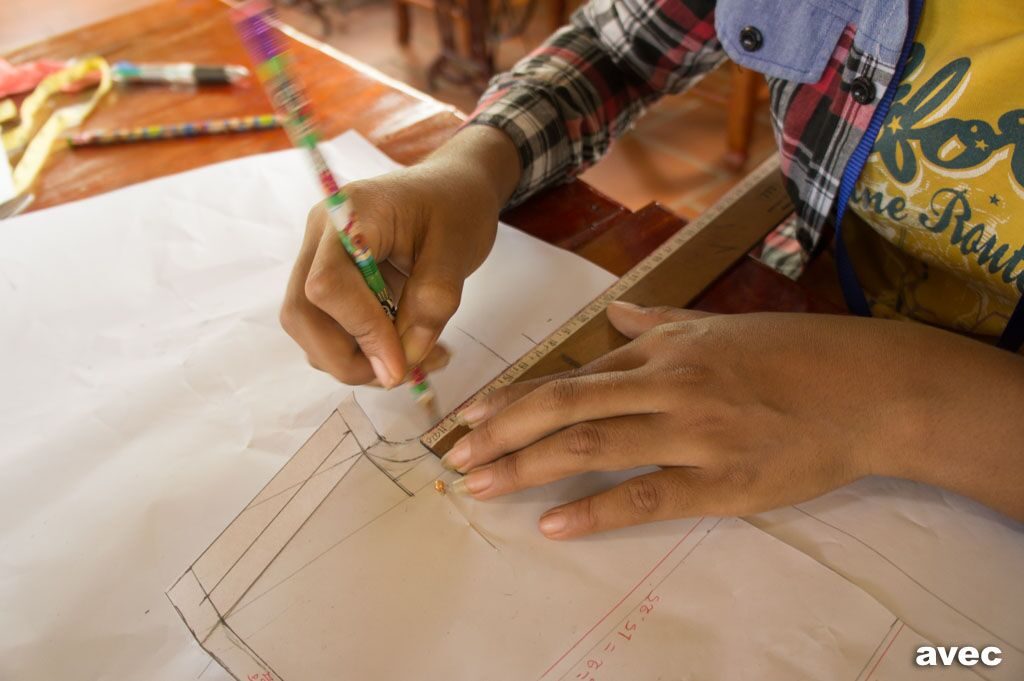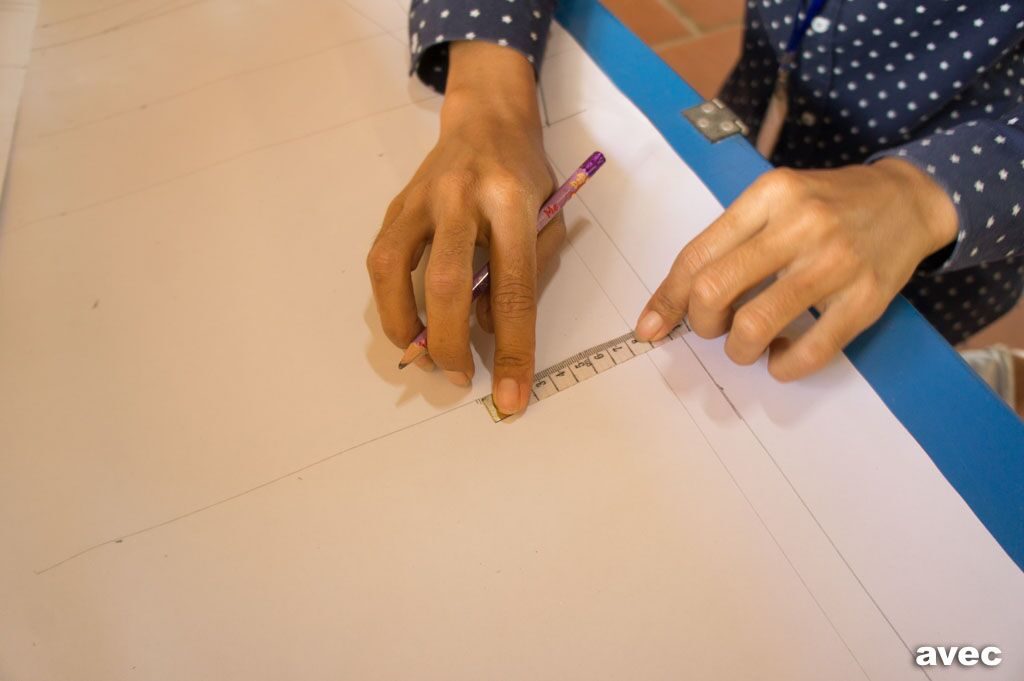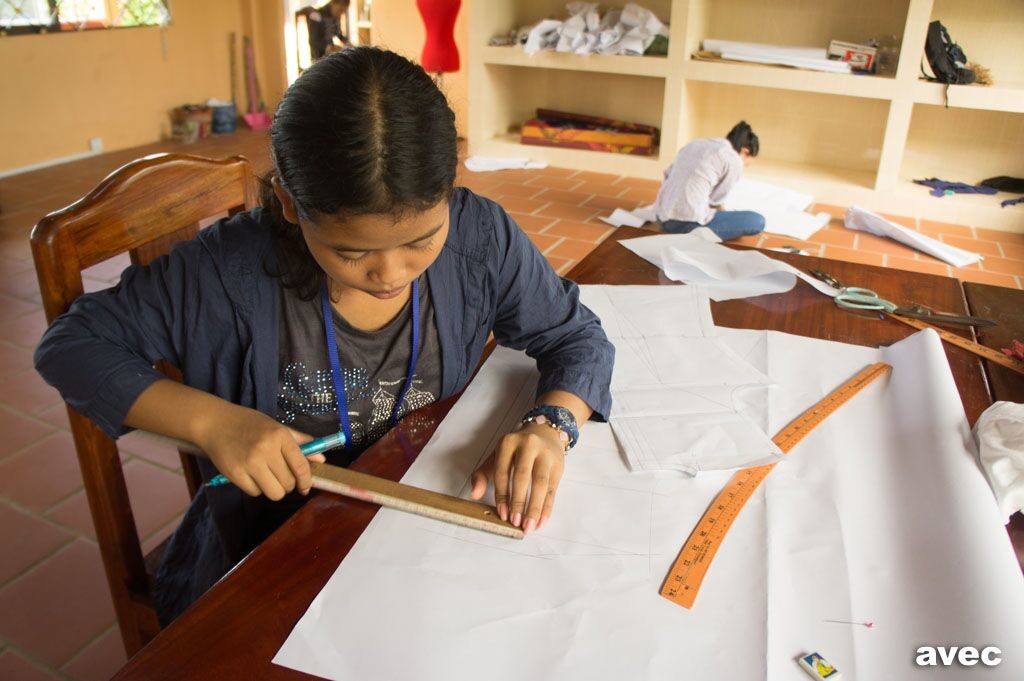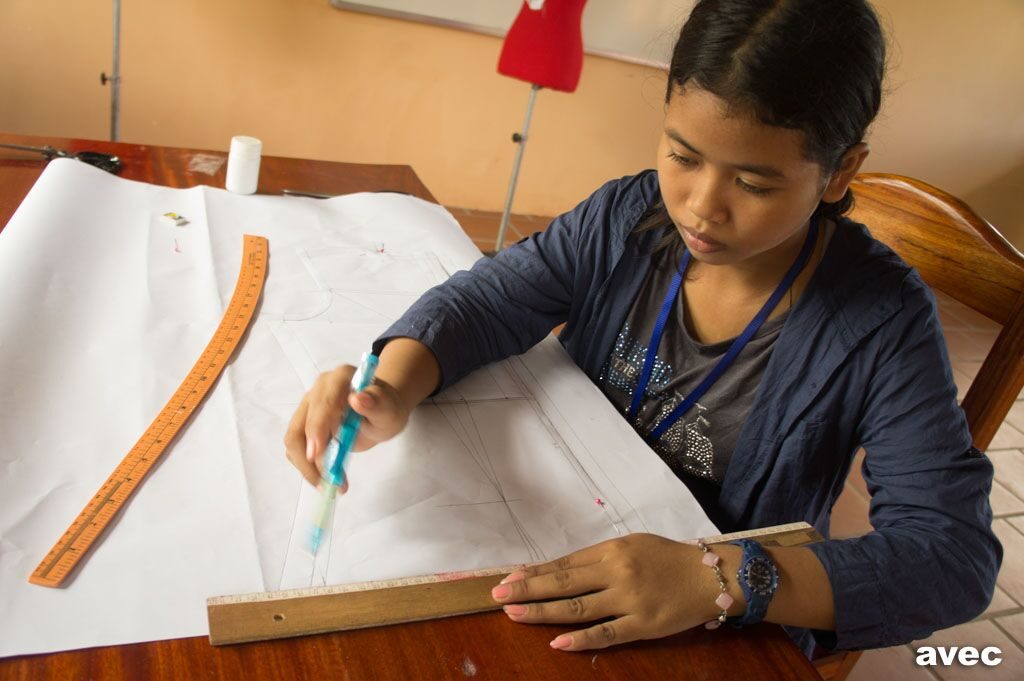The concept for Femmes des rizières was developed in 2017. The idea about Femmes des rizières was to create a brand under which we can commercialize the work of the tailors’ atelier within the Safe House in Battambang, Cambodia. The tailors’atelier is now in its fourth year and there have been around 40 young women who have been trained to be a tailor so far.
The idea is to allow them to work independently and to earn their living in order to make them financially autonomous.
Once you have a concept it is extremely important to get some energy into the project, i.e. to involve people and to fill it with facts and activities. Among other challenges, the biggest challenges we were facing were two: we did not have a designer and we did not have the fabric.
We came up with a profile and a job description and placed a search online. We were overwhelmed by the number of extremely qualified applications we received. Consequently, we arranged one-to-one skype interviews with a number of candidates. In the end itw as clear, Patrik and myself had come to the same conclusion and we chose Gabrielle. For me it was like love at first sight. I was immediately intrigued by her natural and gay character. From the very beginning, Gabrielle showed a lot of enthousiasm for the project. The details were arranged rather quickly and after a short briefing and first encounter, Gabrielle was off to Cambodia on July 5th, 2018.
She was greeted at Siam Reap airport by Sophan Phoeun, who lives and works in the Safe House and who was chosen as Gabrielle’s interpreter and guide during her stay in Cambodia.
Gabrielle adapted rather quickly to her new home away from home and immersed herself immediately into the huge task at hand.
After a week she presented already her first inspiration boards for products as well as for dying techniques. One of her first big trials was the ecoprint project, ie dying with natural ingredients such as vinegar and plants and leaves. She then spend a couple of days to dye different fabrics and the results were very promising. The production of the first prototypes followed without delay.
-
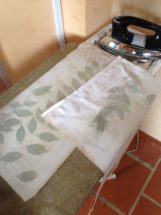
-
First trials
-
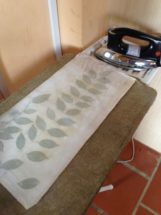
-

-
Details
-
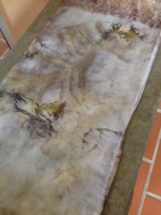
-

-
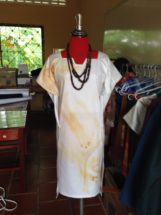
-
First prototype
-

-
First designs
-
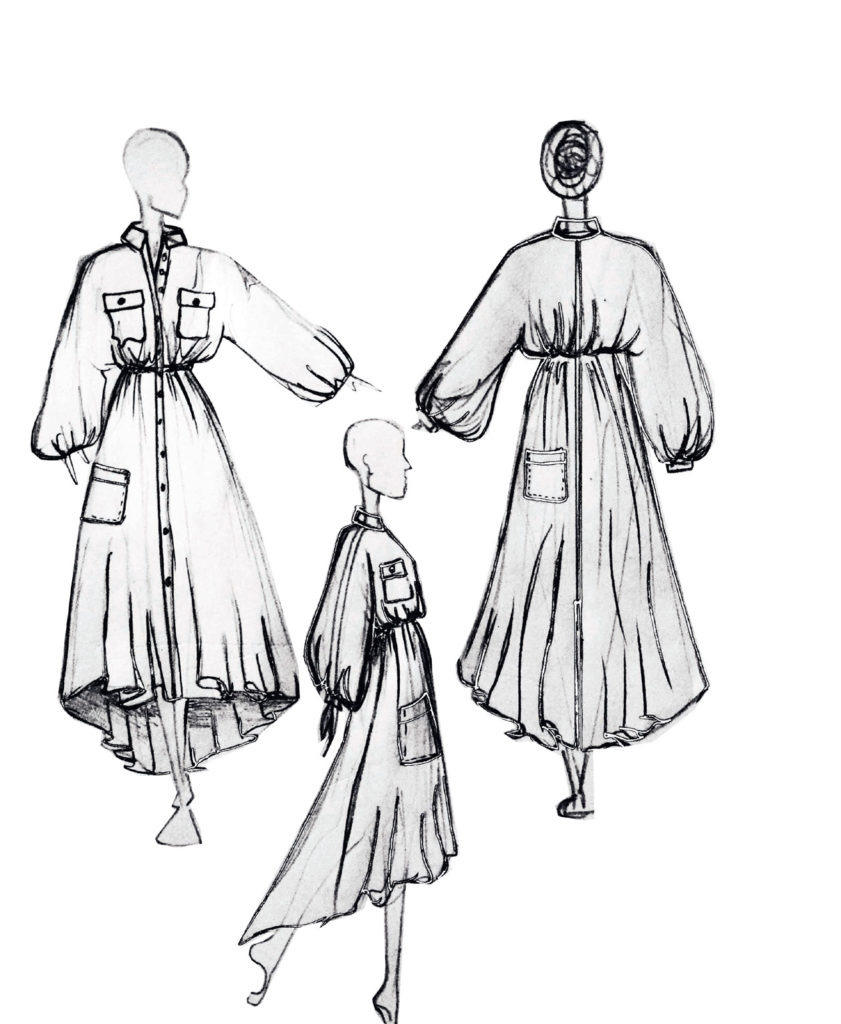
In order to really fully immerse herself into Cambodia, its culture, landscape and people, she went to the capital Phnom Penh guided by Sophan where they also were on a scouting mission for fabrics.
Gabrielle was inspired by the paddy fields, the colorful markets, the beauty of the women on the rice fields who reminded her of the beautiful Cambodian Apsaras – half goddesses half dancers. Some of the adjectives she is using to describe the style of « Femmes des rizières » are white/aired, casual/elegant, handmade, fresh and natural.
The handmade of course is right at the core of this brand as we really want to provide the young tailors with a better future and above all with a perspective to become autonomous women who will be able to finance themselves and their families and thus will be able to take their own decisions.
-
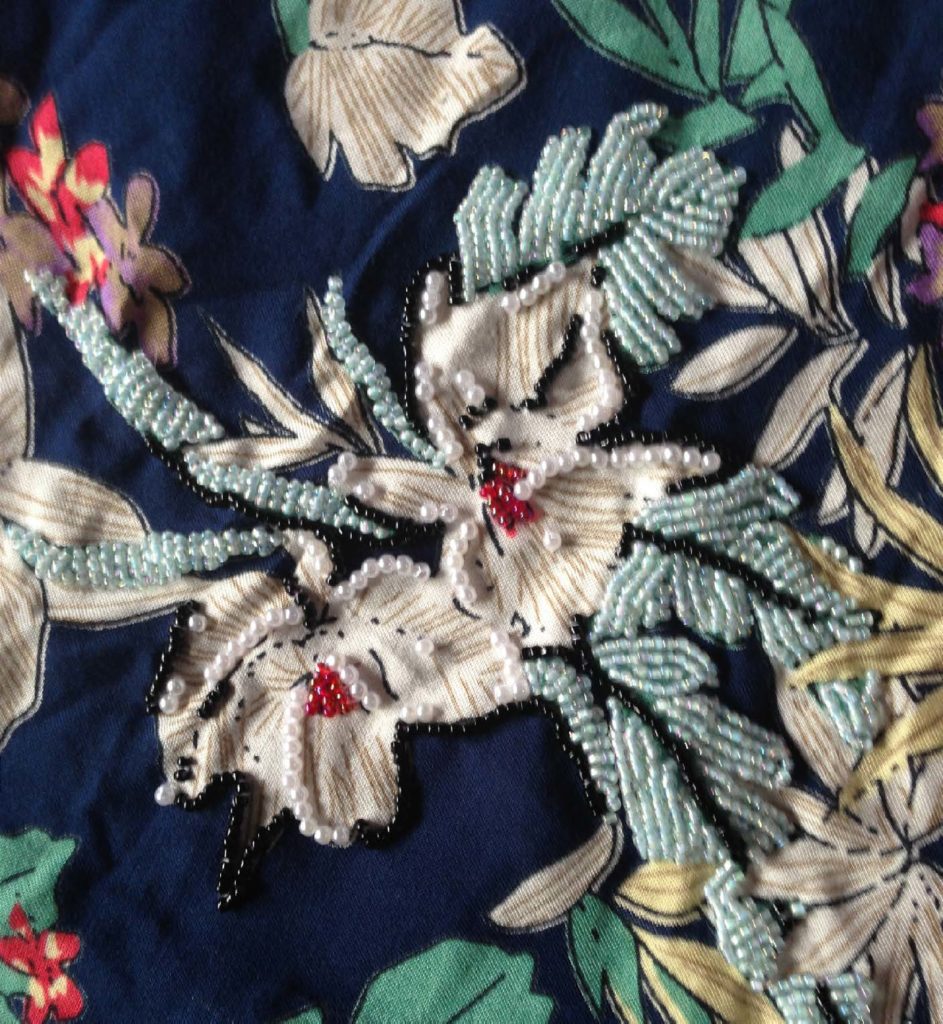
-
Fabric embroidered by hand
Gabrielle then came up with the following brand introduction and definition of the future brand’s target group:
To all the Apsaras in this world
Similar to nymphs, fairies or even angels, the Aparas represent the pure and fragile side of feminity.
As goddesses they used to spend their time dancing, laughing and singing and in doing so they provided the world with the opportunity to contemplate their beauty. But times have changed and the Apsaras adapted. Study, work, travel… in their own interest they learned to hide occasionally.
But they never ceased to exist… and you know that because you are them – all women of this world.
You represent this new and discrete beauty, this delicateness one cannot get enough of, the sweetness of this planet, the Apsaras of the 21st century.
Femmes des rizières…
This brand is for you as well as for us. Friends, mothers, daughters, sisters or partners… this brand is about women and about the secret Apsara in every woman.
Here we are surrounded by paddy fields. No matter where, on the beach, in the mountains or in the desert …. There are extraordinary women everywhere.
Our creations come from the paddy fields but are for all the women in this world.
Eventually, the beauty oft he Krama stroke Gabrielle and she decided to make this wonderful garment into an integral part of the collection.
The Krama is a traditional Cambodian garment with multiple uses : it is worn as scarf, to cover the face as a protection from sun or dust, for decorative purposes, as children’s hammock… Traditionally, the kramas contain a gingham pattern of some sort. The Krama ist he Cambodian national symbol.
At this point, Gabrielle has decided to extend her stay in Cambodia and wants to spend an additional two months at the Safe House to really advance the project. We are very happy about her decision and will keep you posted….

